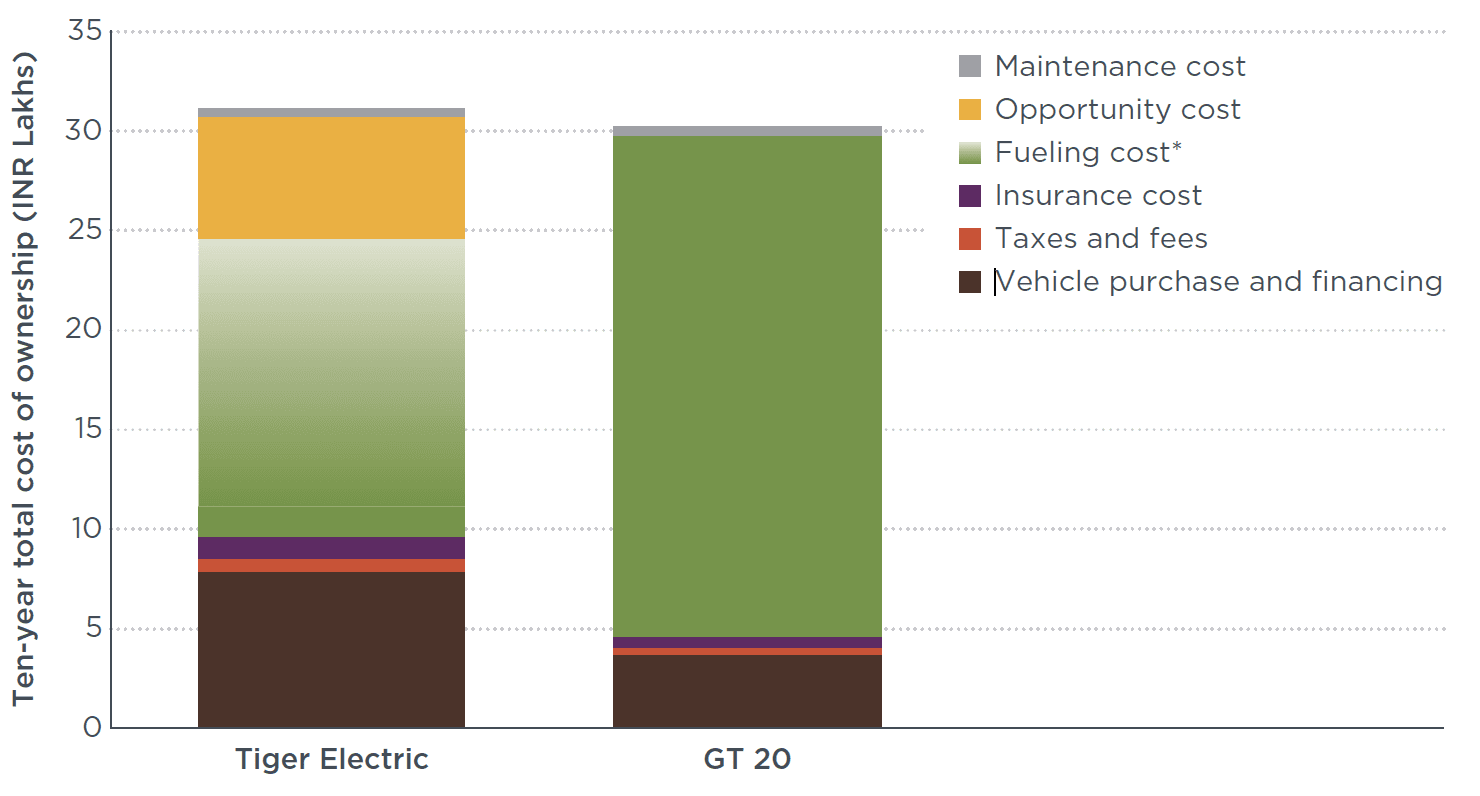Emissions inventory for agricultural tractors and construction equipment in India
Working Paper
Incentives for electrifying agricultural tractors in India
Tractors in India are an increasing source of carbon emissions and criteria pollutants, driven by India’s role as a global leader in agricultural production. These emissions could continue as mechanization of agriculture advances in India. Powered primarily by diesel engines, tractors consume about 8% of India’s oil annually and account for 60% of total agricultural fuel usage. And tractors consume about the same share of diesel fuel as buses but without being subject to efficiency standards. With the growing market, tractors may soon become a major emissions contributor and fuel consumer in India as the road sector moves away from reliance on fossil fuel.
Leading tractor manufacturers in India have advanced tractor technology to be zero-emissions. Sonalika launched India’s first electric tractors in December 2020. Other manufacturers, such as Escorts, Celestial, and KAMCO, plan to launch electric models soon. These advances have occurred without direct policy mandates or financial incentives, even as India has invested in promoting zero-emission technology in the motor vehicle sector to meet various climate commitments and decarbonization goals.

Figure. 10-year TCO of an electric versus diesel tractor
* The green gradient shade provides the range of fueling costs when estimated using different agricultural electricity prices.
However, the price of electric tractors can be twice that of diesel versions, which could be a major barrier to phasing in electric tractors. To evaluate the fiscal and non-fiscal incentives needed to promote electric tractors, this study analyzes the cost gap between electric (Sonalika Tiger Electric) and diesel tractors (GT 20) using the approach applied to India’s electric vehicles and two-wheelers. We assess the impacts of proposed and hypothetical policies that would enhance the cost-competitiveness of electric tractors. The aim is to illustrate how the central and state governments of India, along with other stakeholders including power utilities and charging providers, might influence purchase decisions regarding electric tractors. The findings of this analysis could be applicable to promotion of other electric equipment in the off-road sector.
